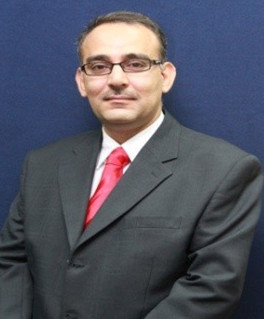Abstract—Energy recovered from biogas in the form of methane can reduce the usage of electricity generated from fossil fuels thereby lessening greenhouse gas deposits into environment. Sewage sludge produced by Municipal Wastewater Treatment Works composes of bacterial organisms that are able to convert the organic content of the sludge into biogas in an anaerobic environment. A feasibility study for the potential energy savings from using biogas as a renewable energy source for the production of electricity at PS-WWTW in Mogale City local municipality indicates that high energy savings potential compared to using energy from fossil fuels. Analysis of the annual energy (electricity) consumption at the PS-WWTW over the past 3 years (2011-2014) shows that on average 800kW of electricity was consumed per day. To sustain this supply at least 8 667m3 (at 2kWh electrical output from 1m3 of biogas) volume of biogas is required. According to the feasibility study, PS-WWTW will require about 1805m3 of influent per day to match its electricity demand through the use of biogas. Currently, PS-WWTW receives about 18 000m3/day which clearly indicates that there is a very good opportunity for PS-WWTW to save on electricity consumption generated from fossil fuels. The paper seeks to give a detailed analysis of potential electric power generation using wastewater sludge produced from the Percy Steward Wastewater Treatment Works (PS-WWTW).
Index Terms—Biogas, energy, cost savings.
V. Mema and P. Hlabela are with the Council for Scientific and Industrial Research (CSIR) in Pretoria, South Africa (e-mail: vmema1@csir.co.za).
S. Marx is with the School of Chemical and Minerals Engineering, Faculty of Engineering, North-West University, South Africa.
[PDF]
Cite:V. Mema, P. Hlabela, and S. Marx, "Assessing Electric Power Potential of Municipal Wastewater Sludge," Journal of Clean Energy Technologies vol. 5, no. 1, pp. 60-63, 2017.


